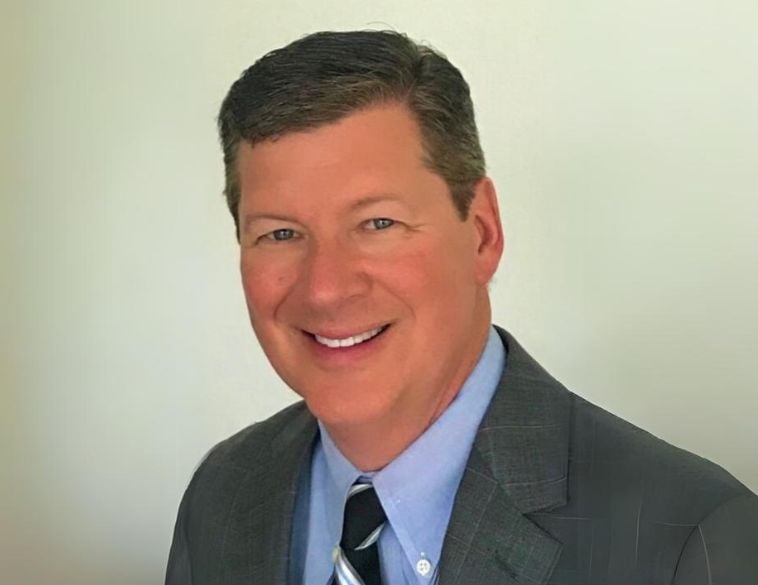The October issue of Collision Management is now available online. You can flip through it here, but first, a few words from the Editior-in-Chief of Collision Management, Huw Evans.
Superior Partnerships, Sharing resources and working together drives success
October is that time of year when Canada is in transition. Summer is behind us while winter is on the horizon. It’s the perfect time to take stock at what’s happened over the course of the past year and plan for the winter, a time when many collision shops and claims teams are at their busiest.
For Collision Management , October also signifies our annual Refinish issue, where base coats, clears, primers and applicators take centre stage. Choosing a refinish partner is a huge decision for shops and networks but our cover story clearly demonstrates that when minds meet, the results can be spectacular. CSN – Forest Hill Auto Body and BASF have been working together since 2010 and each year, the partnership grows in strength and stature. Both parties understand each other’s needs and collectively work to grow and advance. It’s an incredible story and it all starts on page 14.
Small repairs make a difference
Sticking with refinishing, our special file looks at ways to not only save time but improve profitability. A good example is small repairs, such as bumper scrapes, cracks and PDR. If managed effectively, these can prove a significant revenue generator for shops and a good way to build customer relationships, whether it’s via lease returns or simple, straight customer pay work. Other factors touched upon this issue include eliminating bottlenecks, such as using rollon instead of spray-on primers, while also managing distribution channels to ensure that shops always have the right refinish products at their fingertips. It’s hard to believe that the end of 2016 is almost upon us. One of the big issues in the Canadian collision repair industry this year has been pre and post-scanning.
There’s still a great deal of discussion over whether every single repair needs to be scanned but as time moves forward and vehicles continue to advance, a standardized process for vehicle scanning is likely the only solution to ensure vehicles are A, properly repaired and B, the brand (whether it’s the shop, insurance provider or OEM that manufactures the vehicle) is protected. There’s no question that we live in very interesting times.




